NYC Mayor Proposes Ambitious ‘SeaPort City’ to Prevent Flooding
‘Seaport City’ would be a brand-new neighborhood built off the lower Manhattan shoreline, based on the model used to construct Battery Park City. According to a report issued by the office of the mayor, installing a multi-purpose levee with raised edge elevations, the City could both protect much of the East River shoreline south of the Brooklyn Bridge from inundation and create a new area for both residential and commercial development.
As the city continues its Hurricane Sandy recovery efforts, Mayor Michael Bloomberg and City Council Speaker Christine Quinn recently released the recommendations of the Building Resiliency Task Force — the expert panel they convened after Hurricane Sandy to outline steps to fortify New York’s buildings and strengthen building standards.
“We have to be able to withstand and recover quickly from all hazards posed by climate change,” said Bloomberg. “That’s why [we will] address this enormously important task and begin the process of putting it into action. The specific recommendations cover important ways to make every kind of building in the city safer from future storms.”
The report includes 33 recommendations that address resiliency in a wide range of buildings — including commercial buildings, multifamily residences, hospitals and 1- to 3-family homes — and offer options to help existing buildings become more resilient and strengthen the Building Code and Zoning Resolution to ensure future construction meets the highest level of resilience.
The report was prepared with the help of the Urban Green Council, the local chapter of the US Green Building Council, which managed the task force of more than 200 volunteer experts in architecture, engineering, construction, building codes, and real estate.
The task force’s 33 recommendations are organized around four central goals: constructing stronger buildings; securing backup power; providing essential services including water and sanitation; and developing building-specific emergency plans. A full copy of the report is available at www.urbangreencouncil.org.
The Mayor also presented in June “A Stronger, More Resilient New York,” a comprehensive report that analyzes the city’s climate risks and outlines recommendations to protect neighborhoods and infrastructure from future climate events.
Among the report’s proposals includes a series of “full build” flood defenses, including “Seaport City” in the South Street historic district, which would use the model of Battery Park City, a neighborhood originally designed to withstand major flooding. By installing a multi-purpose levee with raised edge elevations, the city could both protect much of the East River shoreline south of the Brooklyn Bridge from inundation and create a new area for both residential and commercial development.
Following Hurricane Sandy, Mayor Bloomberg re-convened the New York City Panel on Climate Change (originally assembled in 2008) to update its projections and develop future coastal flood risk maps - all of which would inform the Special Initiative for Rebuilding and Resiliency.
The analysis from the Special Initiative for Rebuilding and Resiliency shows that the costs of storms will increase: Sandy totaled $19 billion in damage and economic loss; in 2025, that cost grows to $35 billion and by 2055, $90 billion. Additional new data from the panel shows:
- Sea levels could rise at a faster rate than forecast just four years ago — potentially by more than 2.5 feet by the 2050s.
- By the 2050s, the city could have three times as many days at or above 90 degrees — leading to heat waves that threaten public health and the power system, among other infrastructure systems.
- The number of days with more than two inches of rainfall will grow from three in the last century to five in the 2050s.
“Hurricane Sandy made it all too clear that, no matter how far we’ve come, we still face real, immediate threats,” said Bloomberg. “These concrete recommendations for how to confront the risks we face will build a stronger more resilient New York. This plan is incredibly ambitious — and much of the work will extend far beyond the next 200 days — but we refused to pass the responsibility for creating a plan onto the next administration. This is urgent work, and it must begin now.”
The panel’s full report, complete with detailed insight of their methodology and findings, is available on www.nyc.gov.
Source: www.lowermanhattan.info
Similar Articles:
Category: New York City



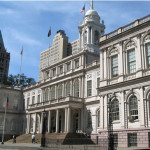
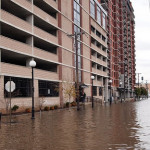



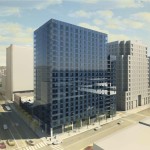

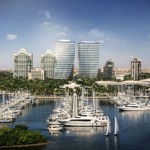

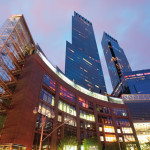
 An award winning editor, Leah spent over eight years in senior
editorial positions at both BUILDINGS magazine and ARCHI-TECH
magazine. Her work has been incorporated into training and
educational programs around the country. She is a graduate of
University of Iowa. She is Editor at Large for High Rise Facilities.
An award winning editor, Leah spent over eight years in senior
editorial positions at both BUILDINGS magazine and ARCHI-TECH
magazine. Her work has been incorporated into training and
educational programs around the country. She is a graduate of
University of Iowa. She is Editor at Large for High Rise Facilities.
